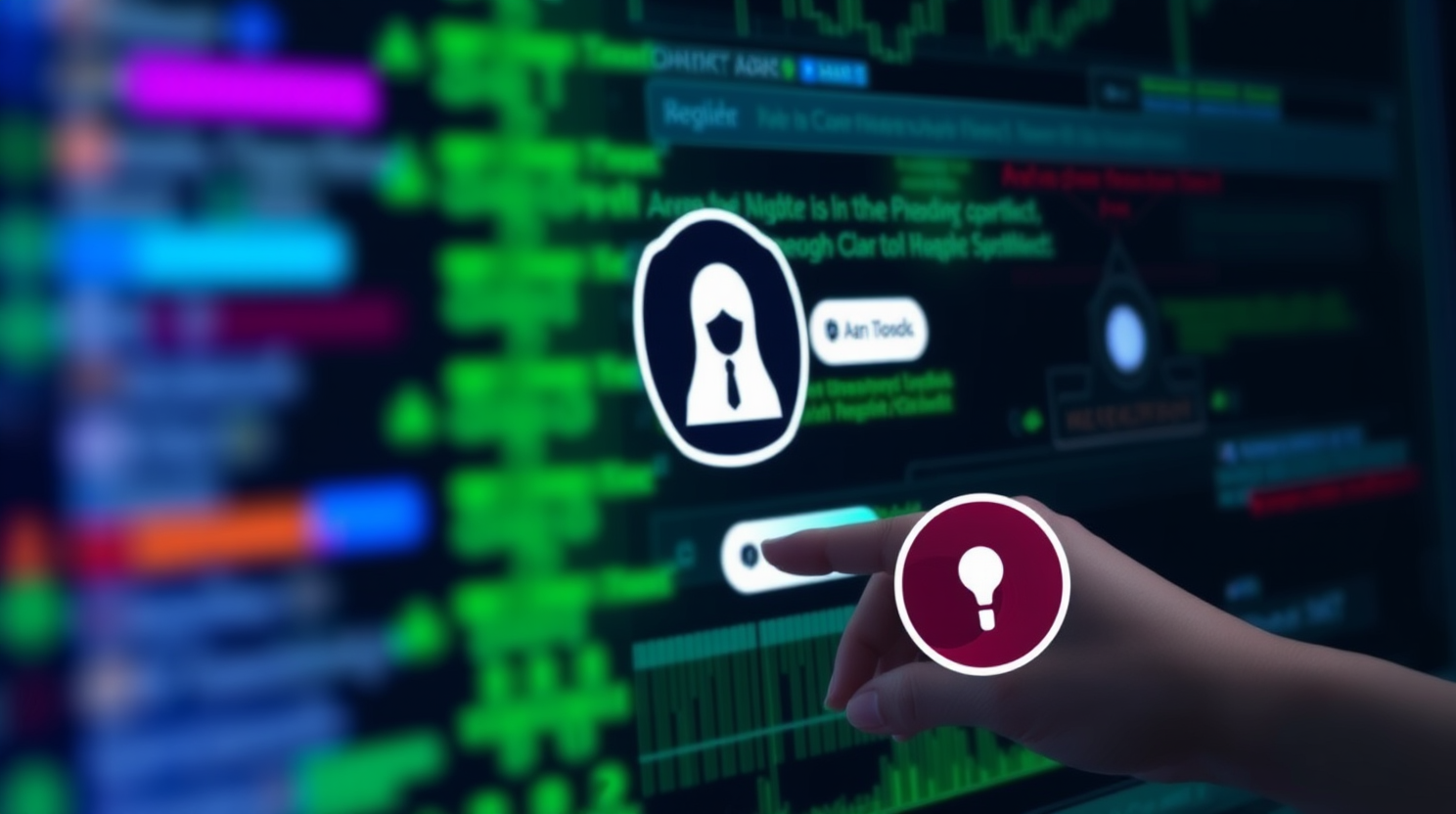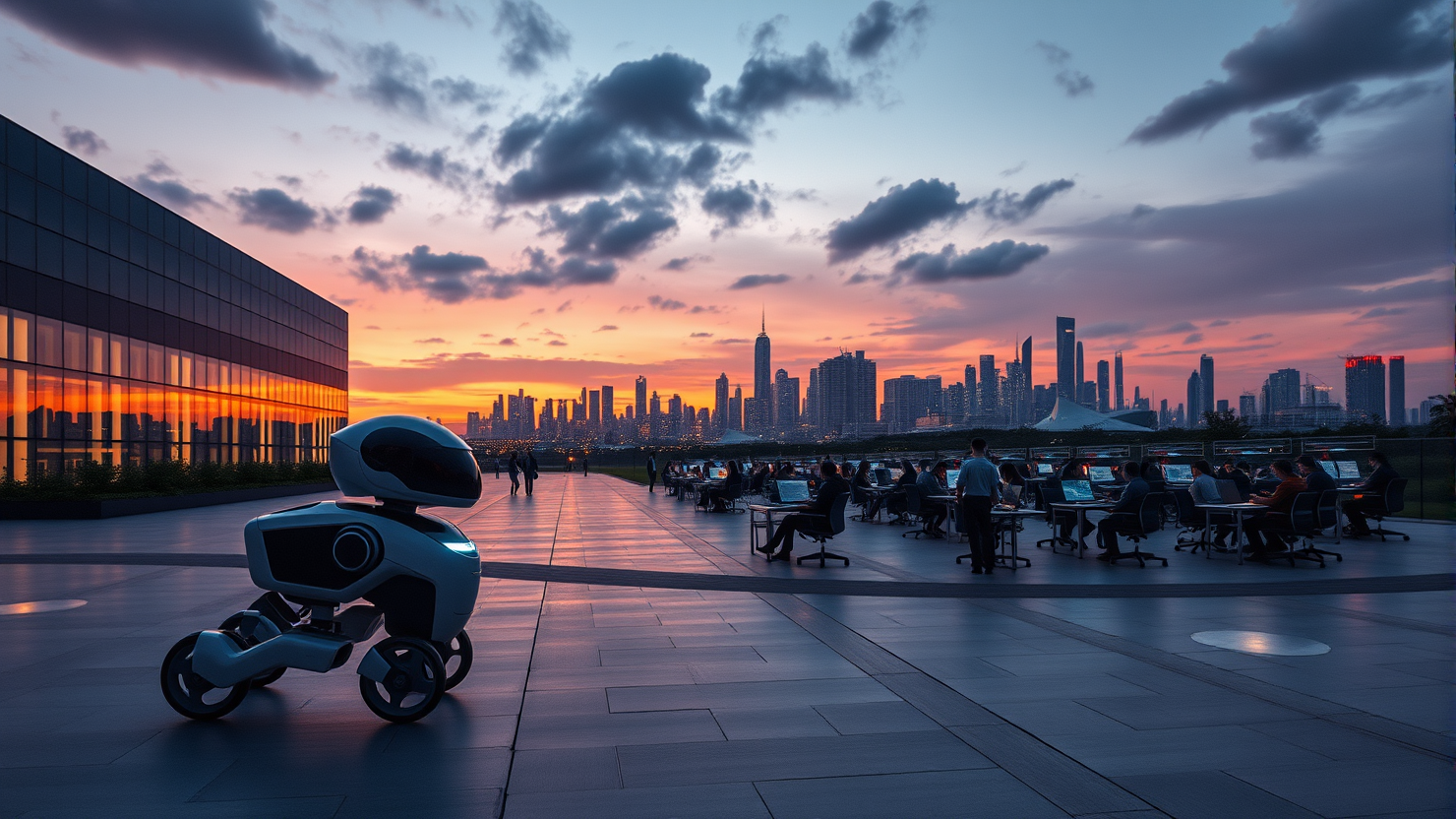Google’s AI Initiatives Aim to Turn Tide in Ongoing Cybersecurity War Amid Growing Threats

In a sleek office space at Block 80, Level 3 in Singapore, Mark Johnston, Director of Google Cloud’s Office of the CISO for Asia Pacific, addressed a room full of tech journalists. His alarming assertion sent ripples through the crowd: after five decades of cybersecurity advancements, defenders are still struggling to win the battle against cyber threats.
Johnston revealed that in 69% of incidents across Japan and the Asia-Pacific region, organizations were alerted to their own breaches by external parties, indicating a significant gap in detection capabilities. This disheartening statistic was highlighted during the hour-long “Cybersecurity in the AI Era” roundtable discussion, where Google Cloud showcased its efforts to turn the tide on decades of defensive failures, even as the same artificial intelligence technologies empower attackers with unprecedented capabilities.
Tracing the problem back to a 1972 observation by cybersecurity pioneer James B. Anderson that “systems that we use really don’t protect themselves,” Johnston emphasized the persistence of these fundamental security issues despite decades of technological progress.
Google Cloud’s threat intelligence data reveals that over 76% of breaches stem from basic vulnerabilities – configuration errors and compromised credentials that have long plagued organizations. Johnston recently pointed to a notable example: “Last month, Microsoft SharePoint, a widely used product by most organizations, was found to have a zero-day vulnerability that was exploited continuously.”
In the current cybersecurity landscape, both defenders and attackers are employing AI tools to outmaneuver each other. Kevin Curran, IEEE senior member and professor of cybersecurity at Ulster University, describes this as a high-stakes arms race, where defenders leverage AI for real-time data analysis and anomaly detection, while attackers use it to streamline phishing attacks, automate malware creation, and scan networks for vulnerabilities.
Google Cloud’s AI initiatives aim to shift the balance in favor of defenders by harnessing the power of generative AI in defense across various applications, including vulnerability discovery, threat intelligence, secure code generation, and incident response. One of Google’s most compelling examples is Project Zero’s “Big Sleep” initiative, which uses large language models to identify vulnerabilities in real-world code, as evidenced by the first-ever AI-discovered vulnerability in an open source library.
As AI systems become more adept at discovering vulnerabilities, Google Cloud’s roadmap outlines progression through four stages: Manual, Assisted, Semi-autonomous, and Autonomous security operations. In the semi-autonomous phase, AI systems handle routine tasks while escalating complex decisions to human operators. The ultimate autonomous phase would see AI “drive the security lifecycle to positive outcomes on behalf of users.”
However, this automation introduces new vulnerabilities. Johnston acknowledges the potential for AI services to be attacked and manipulated, especially when they are integrated into tools without a robust framework for authorization. Curran shares this concern, warning that organizations risk becoming over-reliant on AI, potentially sidelining human judgment and leaving systems vulnerable to attacks.
Google’s Model Armor technology addresses the issue of AI generating irrelevant or inappropriate responses by functioning as an intelligent filter layer. It screens AI outputs for personally identifiable information, filters content inappropriate to the business context, and blocks off-brand responses that could harm the organization’s intended use case.
Google Cloud also focuses on addressing the growing concern about shadow AI deployment – unauthorized AI tools discovered within networks, creating massive security gaps. The company’s sensitive data protection technologies aim to scan across multiple cloud providers and on-premises systems to mitigate these risks.
Budget constraints are a primary challenge facing Asia Pacific CISOs, as organizations grapple with escalating cyber threats while having limited resources to respond effectively. Google Cloud is positioning itself as a partner that can help organizations accelerate their security efforts without requiring additional staff or larger budgets.
Despite promising advancements in AI-powered cybersecurity, several questions remain unanswered. Johnston admits that defenders have not yet encountered novel attacks using AI but notes that attackers are leveraging AI to scale existing attack methods and create a wide range of opportunities. The effectiveness claims require scrutiny, as accuracy remains a challenge, with inaccuracies being an inherent part of current AI security implementations.
Google Cloud is already preparing for the next paradigm shift by deploying post-quantum cryptography between its data centers at scale, positioning itself to address future quantum computing threats that could render current encryption obsolete. The integration of AI into cybersecurity represents both unprecedented opportunity and significant risk, requiring organizations to adopt a more comprehensive and proactive cybersecurity policy if they wish to stay ahead of attackers.
As the AI revolution in cybersecurity unfolds, success will belong to those who can balance innovation with prudent risk management – not just those who deploy the most advanced algorithms.






